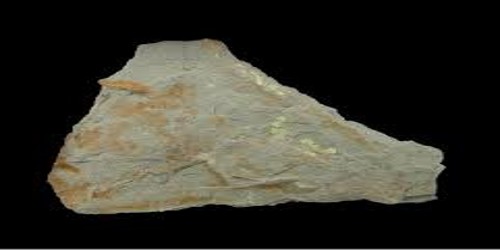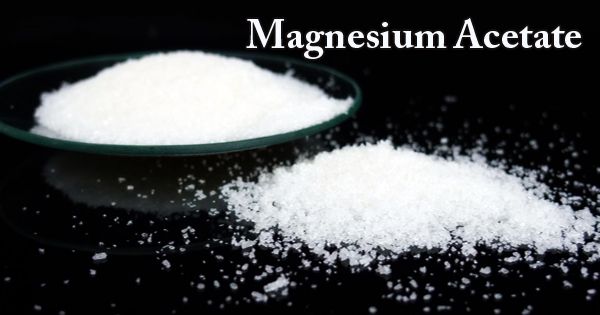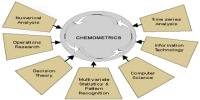Abernathyite is a rare secondary mineral coating fracture in bleached asphaltic sandstone hosting a Colorado Plateau-type uranium deposit. The mineral is named after Jesse Evrett Abernathy (1913–1963) who first noted it in 1953 in the U.S. State of Utah. It was described as a new mineral species in 1956. Abernathyite is yellow and occurs as small crystals. It is found in a mine in Emery County, in the United States.
It is a transparent, yellow mineral that occurs as tabular crystals up to 3 millimeters (0.12 in). The mineral has a single perfect cleavage on {001}. Abernathyite fluoresces yellow-green in longwave and shortwave ultraviolet. Because of its uranium content, the mineral is radioactive.

General information:
- Category: Arsenate minerals
- Formula: K(UO2)(AsO4)·3H2O
- Crystal system: Tetragonal
Identification
- Color: Yellow
- Cleavage: Perfect on {001}
- Tenacity: Brittle
- Mohs scale hardness: 2.5–3
- Luster: Sub-Vitreous, resinous, waxy, greasy
- Streak: Pale yellow
- Diaphaneity: Transparent
Occurrence and formation
Abernathyite forms as a coating on fractures of asphaltic sandstone containing uranium deposits. The mineral occurs in association with heinrichite, scorodite, and zeunerite. Abernathyite is known from France, Germany, Poland, South Africa, and the United States.
Physical Properties of Abernathyite
- Lustre: Sub-Vitreous, Resinous, Waxy, Greasy
- Transparency: Transparent
- Comment: weakly vitreous, also less reflective
- Colour: yellow
- Streak: pale yellow
- Hardness: 2½ – 3 on Mohs scale
- Tenacity: Brittle
- Cleavage: Perfect
- Density: 3.32 g/cm3 (Measured) and 3.572 g/cm3 (Calculated)
Information Source:
















